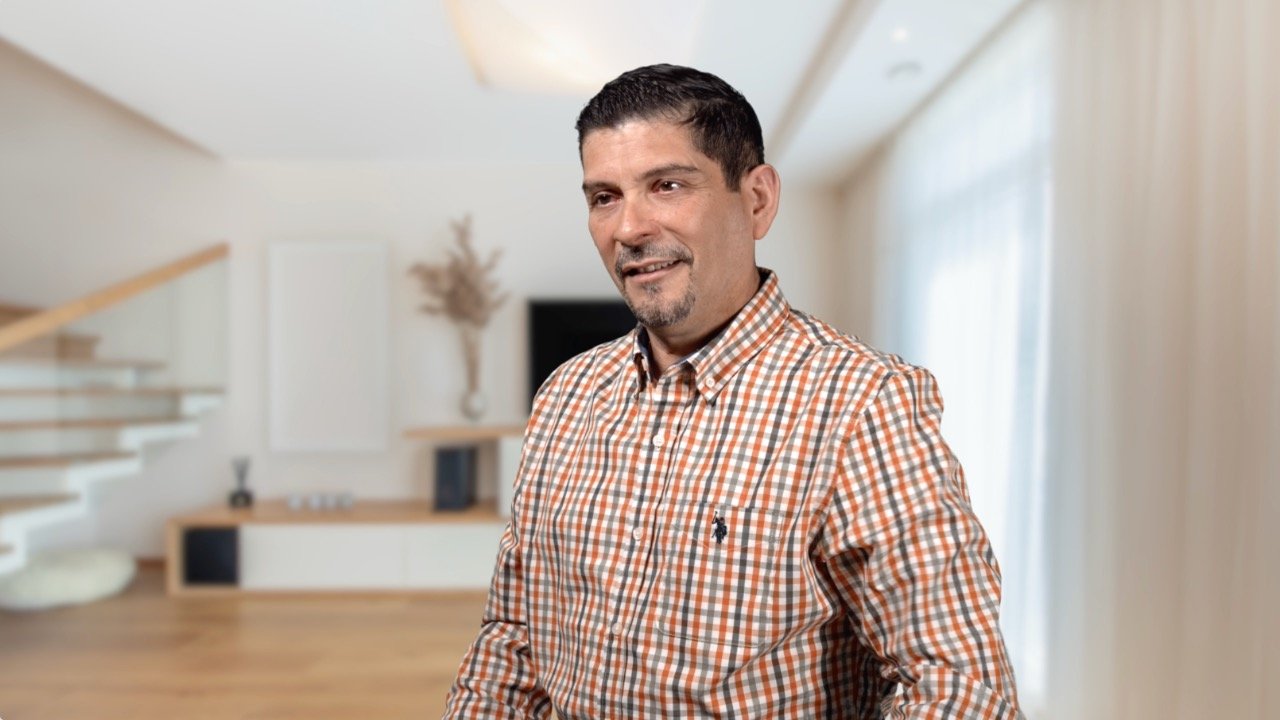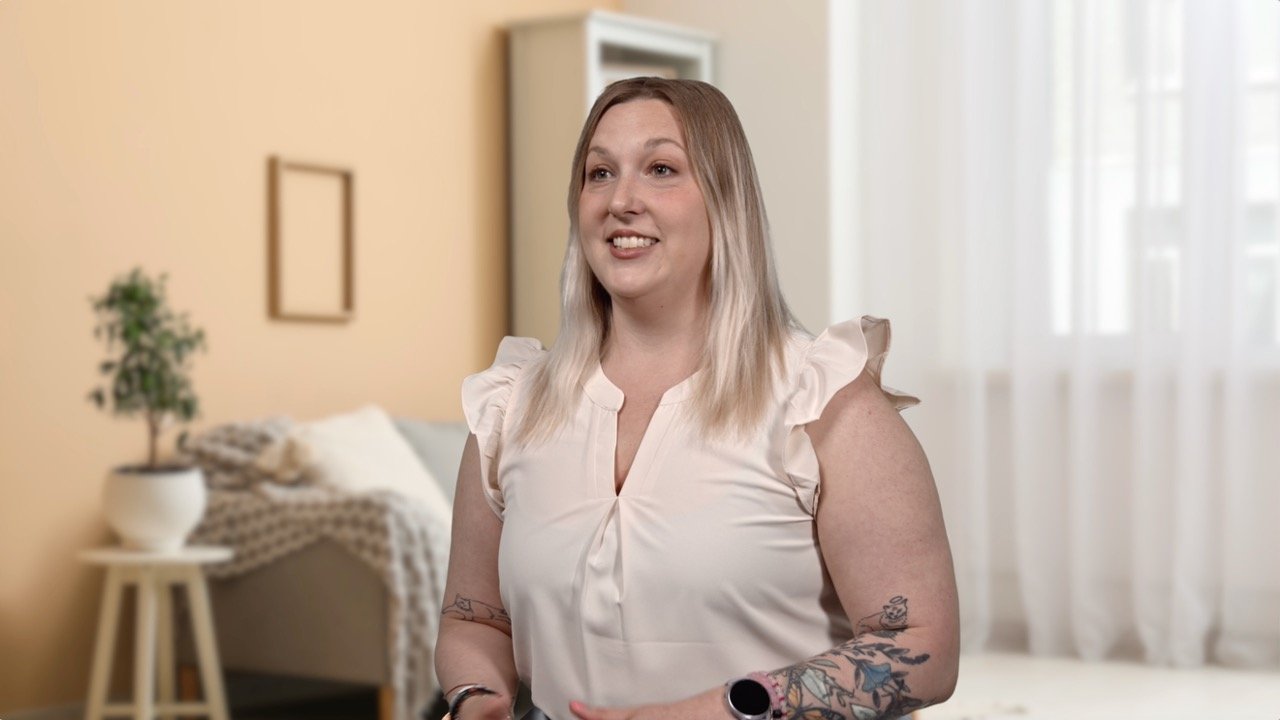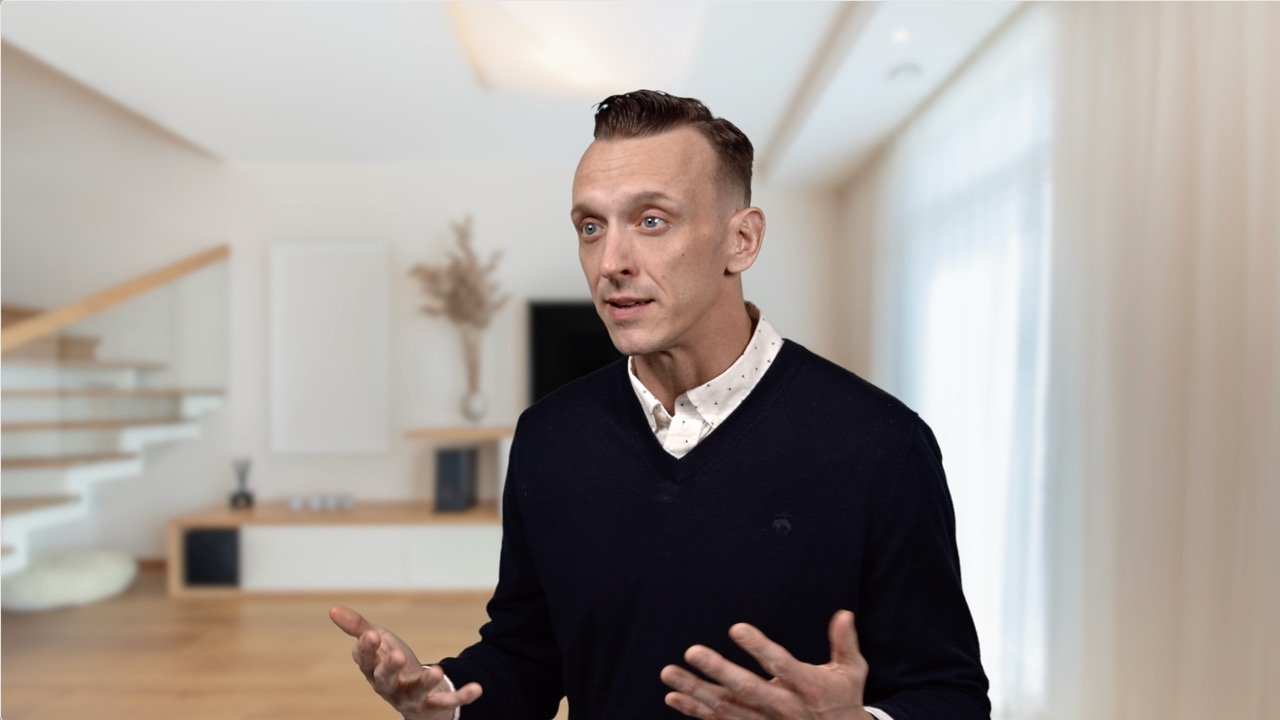
Dr. Adam Smith Guides Patients with Science, Compassion, and Experience
When Dr. Adam Smith meets a new patient, he can often see it in their eyes—the shock, the confusion, the quiet fear of what’s ahead.
“We meet patients when they are first diagnosed, when they have that deer-in-the-headlights look,” said Adam, a radiation oncologist at McGlinn Cancer Institute at Reading Hospital, part of Tower Health. “I want to be the one who sits with them in that moment and says, ‘We have a plan. You’re not alone.’”
Armed with cutting-edge technology, scientific curiosity, and a deeply personal motivation, he has been on the frontlines of cancer care for more than a decade.
“I knew that the oncology patient population was where I could make the biggest difference,” he said. “They come in with a devastating diagnosis, and I want to be the person who says, ‘I can help.’”
His ability to connect with patients is rooted not only in years of medical and scientific training but also in personal loss. His father died from multiple myeloma in 2009 at the age of 60. Adam was in the middle of his academic training at the time.
“He was diagnosed in 2006 while I was getting my PhD,” he recalled. “Watching him go through treatment—chemo, radiation, hope, setbacks, the whole roller coaster—changed how I viewed medicine. That experience made me want to help others going through the same thing. It gave me insight I carry into every patient interaction.”
Adam earned a PhD in computational chemistry. But it was radiation oncology—one of the three main branches of cancer treatment alongside surgery and chemotherapy—that married his scientific mind with a desire to form real human connections.
“It’s not all science and numbers. I think about my dad all the time when I’m with patients,” he said. “But I also know that each person’s journey is their own. It’s not going to be like your dad or anyone else. You need to be present with each patient.”
Radiation therapy is a precise, fascinating field.
“We aim beams of high-energy x-rays at cancer cells to break their DNA and stop them from multiplying, and thanks to constant advancements, our precision just keeps getting better,” Adam said.
“We just got a new machine last year that has amazing capability,” he continued. “It lets us see what’s happening inside the patient in real-time. If an organ has shifted since the last session, we can adapt treatment on the spot. That means better targeting of the cancer and more protection for healthy tissue. Not many institutions have this to offer.”
And patients aren’t just being treated by one doctor. “You might see two or three physicians, but behind the scenes, a dozen doctors have reviewed your case. That collaborative model means there’s rarely a need to go anywhere else.”
His favorite moments are often small but powerful, such as one with a man being treated for advanced head and neck cancer.
“He is a surly older guy, ‘true Berks County’ as people around here say,” said Adam, 44, a Wyomissing resident. “The treatment is very difficult, and he has permanent scarring and voice changes, among other lasting effects, but his cancer was gone. I got around 3 years out and at that time I said he could just follow up with his ENT for surveillance going forward.”
That’s when the man said, in a gruff, scratchy voice that Adam will never forget: “Thanks doc, thanks for keeping me alive.”
Or a patient with advanced cancer who said she was grieving the years un-lived.
“She felt her life was being cut short, and she was mourning all the memories she wouldn't be able to have that were taken away from her,” Adam recalled. “I remember feeling that with my dad, which is perhaps why it resonated with me, but it was just another reminder of the very real human emotional side of this.
“It’s those moments that stay with me. I remind myself every day that each person I see has a full, rich life outside of the exam room. Our time together is just a sliver of that. They remind me that this work matters in ways that science alone can’t measure.”
The emotional weight of the job is heavy, and Adam leans on family time and the steady rhythm of running to stay grounded. “Spending time with my wife and kids helps me stay present,” he said. “This work reminds me that life can change in an instant. I try to appreciate the good stuff now.”
After 14 years in oncology, Adam finds hope in progress. “My dad’s cancer has so many more treatment options today than it did 20 years ago. That’s incredibly encouraging,” he said. “Human ingenuity is powerful. I really believe the best is yet to come.”
What does success look like to him? “If, when I retire, people say I cared, I was always prepared, and I didn’t complain too much—I’ll take that.”
More "Dear Cancer" Stories

“Dear Cancer: I Turned Pain into Purpose.”
After months of hiding his symptoms, followed by a life-threatening scare, Amauris “Manny” Abreu was diagnosed with Stage 4 prostate cancer at Reading Hospital’s McGlinn Cancer Institute.

“Dear Cancer: You Can’t Break Me.”
At just 34, Ramah was diagnosed with triple-negative breast cancer, the same aggressive type her mother battled years earlier.

“Dear Cancer: We’re onto You, and Your Days are Numbered.”
When Bryan Boyer woke up from what he thought would be a routine colonoscopy, he was ready to joke with the medical care team, not to be told he had Stage 2 colon cancer.
Make an Appointment
Cancer may change lives, but it doesn’t have to define them.
